当前位置:网站首页>【JVM调优实战100例】05——方法区调优实战(下)
【JVM调优实战100例】05——方法区调优实战(下)
2022-07-06 17:11:00 【半旧518】
前 言
作者简介:半旧518,长跑型选手,立志坚持写10年博客,专注于java后端
专栏简介:实战案例驱动介绍JVM知识,教你用JVM排除故障、评估代码、优化性能
文章简介:介绍方法区概念、帮助你深入理结直接内存
7.8 直接内存
直接内存由操作系统来管理。常见于NIO,用于数据缓冲,读写性能很高,分配回收花销较高。
使用以下代码来比较使用传统方式读写与NIO读写的区别,注意第一次启动读写性能会较差,需多运行几次,计算平均值。
/**
* 演示 ByteBuffer 作用
*/
public class Demo1_9 {
static final String FROM = "F:\\博客\\谷粒学院实践项目.md";
static final String TO = "F:\\谷粒学院实践项目.md";
static final int _1Mb = 1024 * 1024;
public static void main(String[] args) {
io(); // io 用时:1535.586957 1766.963399 1359.240226
directBuffer(); // directBuffer 用时:479.295165 702.291454 562.56592
}
private static void directBuffer() {
long start = System.nanoTime();
try (FileChannel from = new FileInputStream(FROM).getChannel();
FileChannel to = new FileOutputStream(TO).getChannel();
) {
ByteBuffer bb = ByteBuffer.allocateDirect(_1Mb);
while (true) {
int len = from.read(bb);
if (len == -1) {
break;
}
bb.flip();
to.write(bb);
bb.clear();
}
} catch (IOException e) {
e.printStackTrace();
}
long end = System.nanoTime();
System.out.println("directBuffer 用时:" + (end - start) / 1000_000.0);
}
private static void io() {
long start = System.nanoTime();
try (FileInputStream from = new FileInputStream(FROM);
FileOutputStream to = new FileOutputStream(TO);
) {
byte[] buf = new byte[_1Mb];
while (true) {
int len = from.read(buf);
if (len == -1) {
break;
}
to.write(buf, 0, len);
}
} catch (IOException e) {
e.printStackTrace();
}
long end = System.nanoTime();
System.out.println("io 用时:" + (end - start) / 1000_000.0);
}
}
为什么直接内存读写效率高?使用阻塞式io进行读写cpu和内存的变化如下图。很显然,从系统缓存区将文件复制到java缓存区是一个耗时且不必要的复制。
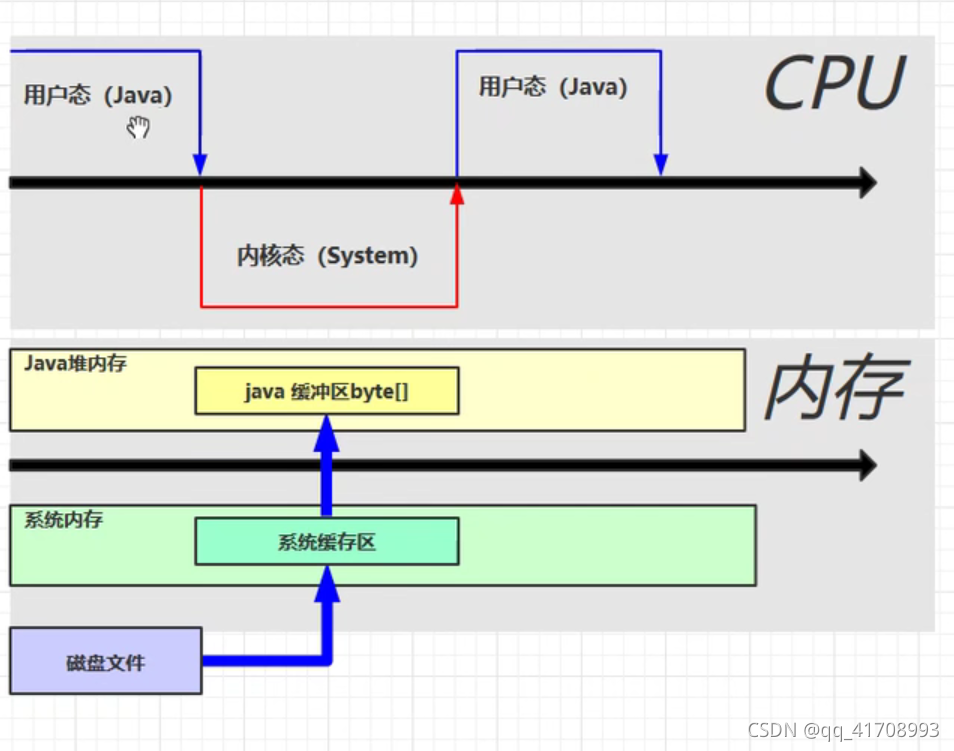
使用Nio进行读写cpu和内存的变化如下图。操作系统在allocateDirect()方法执行时会分配一块直接内存,这部分内存java代码和系统都可以进行访问。
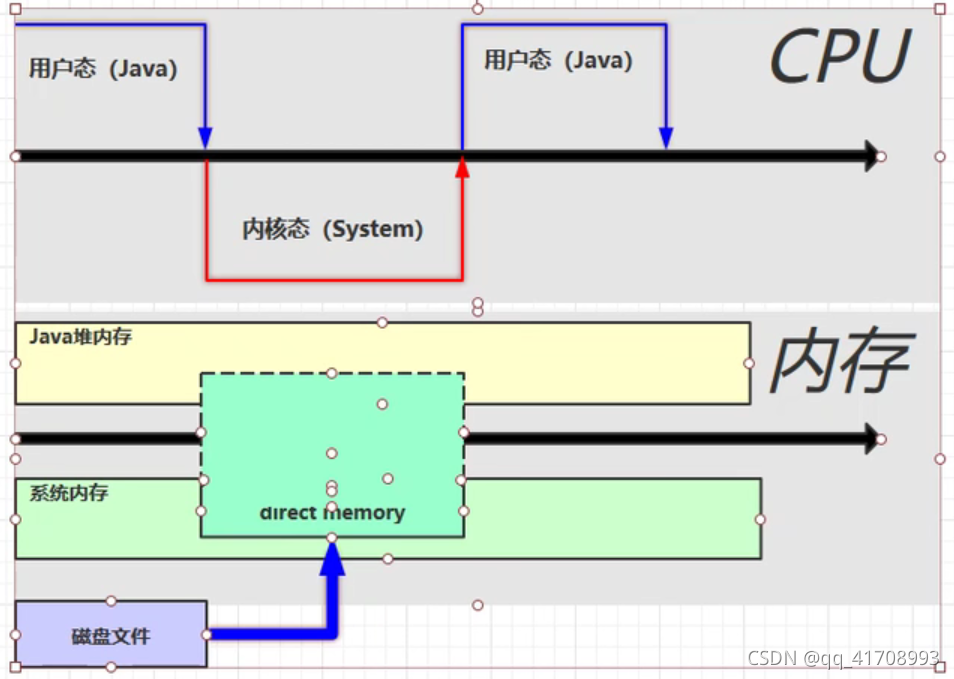
7.9 直接内存的内存溢出问题
直接内存direct memory并不由jvm进行垃圾回收,可能导致内存泄漏问题。运行如下代码。
/**
* 演示直接内存溢出
*/
public class Demo1_10 {
static int _100Mb = 1024 * 1024 * 100;
public static void main(String[] args) {
List<ByteBuffer> list = new ArrayList<>();
int i = 0;
try {
while (true) {
ByteBuffer byteBuffer = ByteBuffer.allocateDirect(_100Mb);
list.add(byteBuffer);
i++;
}
} finally {
System.out.println(i);
}
// 方法区是jvm规范, jdk6 中对方法区的实现称为永久代
// jdk8 对方法区的实现称为元空间
}
}
输出结果。
72
Exception in thread "main" java.lang.OutOfMemoryError: Direct buffer memory
at java.nio.Bits.reserveMemory(Bits.java:695)
at java.nio.DirectByteBuffer.<init>(DirectByteBuffer.java:123)
at java.nio.ByteBuffer.allocateDirect(ByteBuffer.java:311)
at cn.itcast.jvm.t1.direct.Demo1_10.main(Demo1_10.java:19)
直接内存的底层回收机制是怎样的呢?运行以下代码。
/**
* 禁用显式回收对直接内存的影响
*/
public class Demo1_26 {
static int _1Gb = 1024 * 1024 * 1024;
/*
* -XX:+DisableExplicitGC 显式的
*/
public static void main(String[] args) throws IOException {
ByteBuffer byteBuffer = ByteBuffer.allocateDirect(_1Gb);
System.out.println("分配完毕...");
System.in.read();
System.out.println("开始释放...");
byteBuffer = null;
System.gc(); // 显式的垃圾回收,Full GC
System.in.read();
}
}
在控制台输出分配完毕后,从后台的任务管理器可以看到其内存占用情况。

当在控制台输入回车,输出开始释放,再输入回车,这个占用1个G的内存的进程就被清理了。是不是意味着java的gc操作发生了作用呢?
下面我们来解析上面直接内存回收的过程。Unsafe是jdk底层的一个类,用于内存分配,内存回收等,一般普通程序员无需使用,这里我们通过反射获取Unsafe对象,演示直接内存分配的底层原理。
/**
* 直接内存分配的底层原理:Unsafe
*/
public class Demo1_27 {
static int _1Gb = 1024 * 1024 * 1024;
public static void main(String[] args) throws IOException {
Unsafe unsafe = getUnsafe();
// 分配内存
long base = unsafe.allocateMemory(_1Gb);
unsafe.setMemory(base, _1Gb, (byte) 0);
System.in.read();
// 释放内存
unsafe.freeMemory(base);
System.in.read();
}
public static Unsafe getUnsafe() {
try {
Field f = Unsafe.class.getDeclaredField("theUnsafe");
f.setAccessible(true);
Unsafe unsafe = (Unsafe) f.get(null);
return unsafe;
} catch (NoSuchFieldException | IllegalAccessException e) {
throw new RuntimeException(e);
}
}
}
运行代码,在任务管理器观察jdk进程内存占用发现,内存占用会在allocateMemory()后增加1G,在freeMemory()后恢复。因此,直接内存的回收其实不是由jvm虚拟机完成,而是通过Unsafe对象调用freeMemory()完成。
下面查看ByteBuffer类的源码来验证我们的观点。
allocateDirect()中返回一个DirectByteBuffer对象。
public static ByteBuffer allocateDirect(int capacity) {
return new DirectByteBuffer(capacity);
}
调用Unsafe中allocateMemory()来实现申请内存,新建Cleaner对象来释放内存。
DirectByteBuffer(int cap) { // package-private
super(-1, 0, cap, cap);
boolean pa = VM.isDirectMemoryPageAligned();
int ps = Bits.pageSize();
long size = Math.max(1L, (long)cap + (pa ? ps : 0));
Bits.reserveMemory(size, cap);
long base = 0;
try {
base = unsafe.allocateMemory(size);
} catch (OutOfMemoryError x) {
Bits.unreserveMemory(size, cap);
throw x;
}
unsafe.setMemory(base, size, (byte) 0);
if (pa && (base % ps != 0)) {
// Round up to page boundary
address = base + ps - (base & (ps - 1));
} else {
address = base;
}
cleaner = Cleaner.create(this, new Deallocator(base, size, cap));
att = null;
}
cleaner中关联的Deallocator是什么?点进去看发现它实现了Runnable,是回调任务对象,在run方法中调用了Unsafe的freeMemory。
private static class Deallocator
implements Runnable
{
private static Unsafe unsafe = Unsafe.getUnsafe();
private long address;
private long size;
private int capacity;
private Deallocator(long address, long size, int capacity) {
assert (address != 0);
this.address = address;
this.size = size;
this.capacity = capacity;
}
public void run() {
if (address == 0) {
// Paranoia
return;
}
unsafe.freeMemory(address);
address = 0;
Bits.unreserveMemory(size, capacity);
}
}
那么垃圾回收的任务什么时候被执行的呢?看Cleaner源码。
public class Cleaner
extends PhantomReference<Object> {
//...
public void clean() {
if (!remove(this))
return;
try {
thunk.run();
} catch (final Throwable x) {
AccessController.doPrivileged(new PrivilegedAction<Void>() {
public Void run() {
if (System.err != null)
new Error("Cleaner terminated abnormally", x)
.printStackTrace();
System.exit(1);
return null;
}});
}
}
//...
}
原来Cleaner是java中的虚引用类型,当它的绑定的对象被垃圾回收时,会触发虚引用的clean()方法,执行回调方法run()。
下面回过头看DirectByteBuffer类中的Cleaner创建,过程就清楚了。
cleaner = Cleaner.create(this, new Deallocator(base, size, cap));
总结直接内存分配、释放的的过程就是:通过调用Unsafe的allocateMemory来分配直接内存,通过创建虚引用对象Cleaner对象,将DirectoryByteBuffer与回调任务绑定,当Directory被垃圾回收时,会自动执行Cleaner的clean()方法,来调用Unsafe的freeMemory()释放内存。
7.10 禁用显式垃圾回收对直接内存的影响
在java中可以采用System.gc()来显式的建议jvm进行垃圾回收,但这种垃圾回收方式是Full GC,既会进行新生代的回收,也会进行老年代的回收。可能会影响程序性能。为了避免程序员误用,可以使用-XX +DisableExplctGC 来禁用显示的垃圾回收。
在禁用了显式垃圾回收后再次运行Demo1_26。
/**
* 禁用显式回收对直接内存的影响
*/
public class Demo1_26 {
static int _1Gb = 1024 * 1024 * 1024;
/*
* -XX:+DisableExplicitGC 显式的
*/
public static void main(String[] args) throws IOException {
ByteBuffer byteBuffer = ByteBuffer.allocateDirect(_1Gb);
System.out.println("分配完毕...");
System.in.read();
System.out.println("开始释放...");
byteBuffer = null;
System.gc(); // 显式的垃圾回收,Full GC
System.in.read();
}
}
以上代码的直接内存并没有被回收,这是因为显式的垃圾回收失效。bytebuffer不会被垃圾回收,进而导致直接内存无法被释放,只有在程序被动进行Full GC时进行垃圾回收。如果在程序需要频繁使用直接内存的情况,我们可以收到使用Unsafe对象来分配、回收内存。
边栏推荐
- 第七篇,STM32串口通信编程
- 「精致店主理人」青年创业孵化营·首期顺德场圆满结束!
- [Batch dos - cmd Command - Summary and Summary] - String search, find, Filter Commands (FIND, findstr), differentiation and Analysis of Find and findstr
- Lombok 同时使⽤ @Data 和 @Builder 的坑,你中招没?
- 【软件逆向-自动化】逆向工具大全
- 什么是时间
- 深度学习之线性代数
- Advantages and disadvantages of code cloning
- 第六篇,STM32脉冲宽度调制(PWM)编程
- Installation and testing of pyflink
猜你喜欢
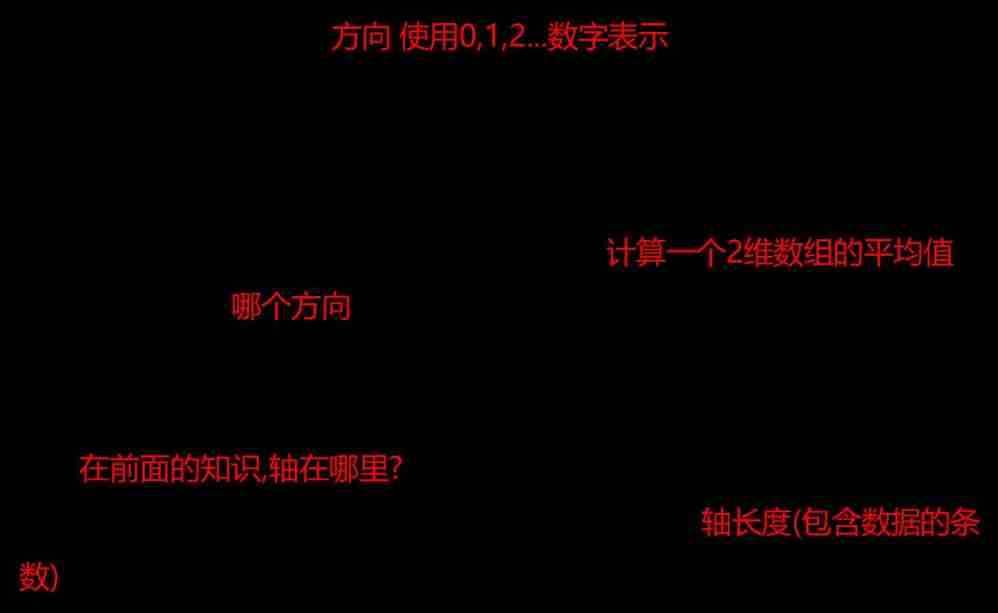
Data analysis course notes (III) array shape and calculation, numpy storage / reading data, indexing, slicing and splicing
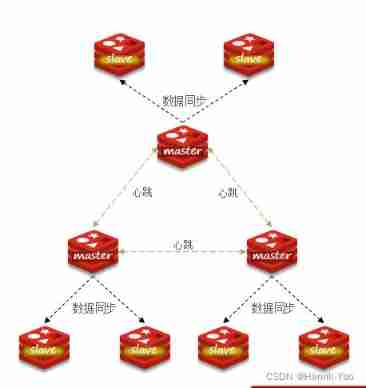
Distributed cache
![[software reverse automation] complete collection of reverse tools](/img/72/d3e46a820796a48b458cd2d0a18f8f.png)
[software reverse automation] complete collection of reverse tools
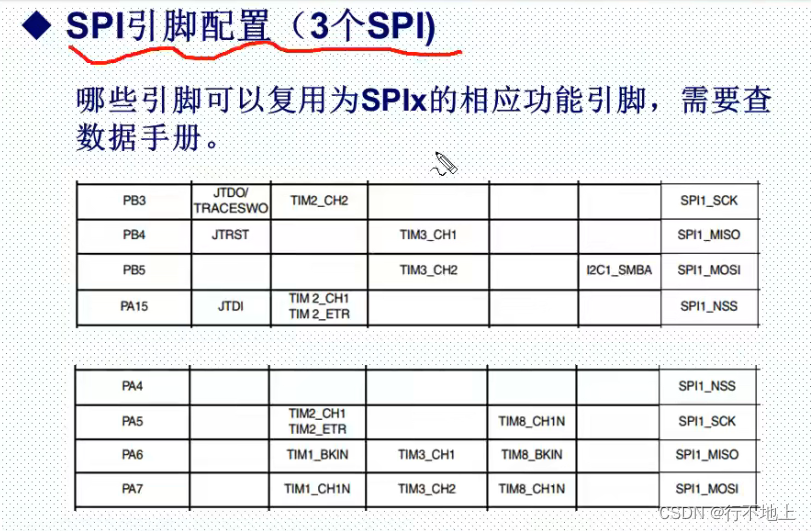
Stm32f407 ------- SPI communication
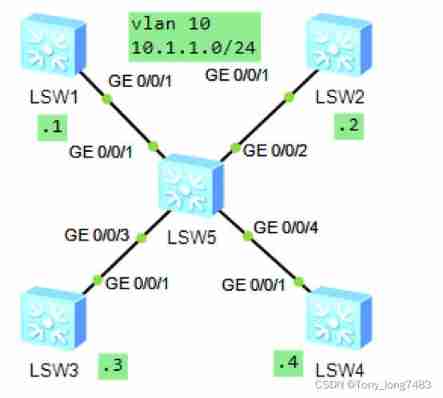
Dr selection of OSPF configuration for Huawei devices

城联优品入股浩柏国际进军国际资本市场,已完成第一步

alexnet实验偶遇:loss nan, train acc 0.100, test acc 0.100情况
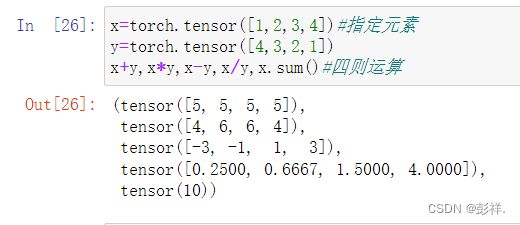
深度学习之数据处理

pyflink的安装和测试

深度学习之环境配置 jupyter notebook
随机推荐
Value Function Approximation
腾讯云 WebShell 体验
.class文件的字节码结构
Telerik UI 2022 R2 SP1 Retail-Not Crack
How to set encoding in idea
Equals() and hashcode()
Advanced learning of MySQL -- basics -- multi table query -- external connection
Dell筆記本周期性閃屏故障
Are you ready to automate continuous deployment in ci/cd?
threejs图片变形放大全屏动画js特效
第六篇,STM32脉冲宽度调制(PWM)编程
Mongodb client operation (mongorepository)
[yolov5 6.0 | 6.1 deploy tensorrt to torch serve] environment construction | model transformation | engine model deployment (detailed packet file writing method)
Js+svg love diffusion animation JS special effects
[C language] dynamic address book
How do novices get started and learn PostgreSQL?
Advanced learning of MySQL -- basics -- multi table query -- inner join
Dell Notebook Periodic Flash Screen Fault
Learn to use code to generate beautiful interface documents!!!
Stm32f407 ------- SPI communication